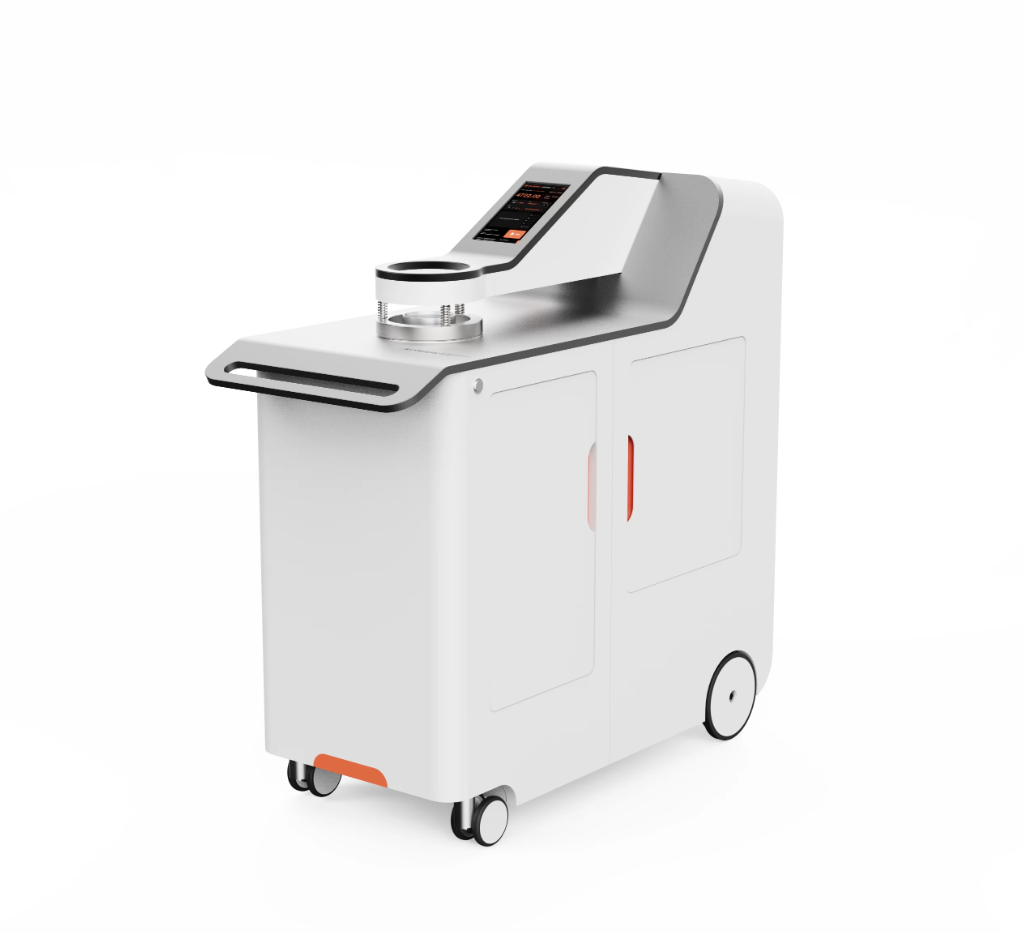Measures permeability of protective clothing to water vapor for assessing breathability and comfort.
WhatsApp : +86 13816217984
Email : info@qinsun-lab.com

Meet the standard:
ASTM E96
ISO 11092 ISO 15496
BS 7209
Product Introduction:
Protective clothing, designed to shield the wearer from hazards, can sometimes trap heat and moisture generated by the body, leading to discomfort and potentially dangerous levels of heat stress. Materials with good moisture permeability allow perspiration in the form of vapor to diffuse through the fabric, facilitating evaporative cooling. A Moisture Permeability Tester quantifies this ability.
Several standardized test methods exist, operating on the principle of establishing a water vapor concentration difference across the material and measuring the rate of vapor transfer. Common methods include:
Cup Methods (e.g., ASTM E96): A test specimen of the protective clothing material is sealed over the opening of a test cup containing either a desiccant (creating a low humidity environment inside the cup) or water (creating a high humidity environment). The cup is placed in a controlled temperature and humidity atmosphere. Water vapor moves through the fabric due to the vapor pressure difference. The rate of transmission is determined by periodically weighing the cup to measure the gain in mass (desiccant method) or loss in mass (water method) as water vapor passes through the fabric.
Sweating Guarded Hotplate Method (e.g., ISO 11092. ISO 15496): This method simulates the heat and moisture transfer from the human skin. A porous plate heated to skin temperature is used, with water fed to the surface to mimic sweating. The test specimen is placed on the plate. The entire setup is within a controlled environment with defined temperature, humidity, and airflow. The energy required to evaporate the water through the fabric is measured, which is used to calculate the evaporative resistance (Ret). A lower Ret indicates higher moisture vapor permeability.
These testers provide objective data to compare different materials, validate performance claims, and select appropriate fabrics for protective clothing requiring specific levels of breathability and comfort.
The instrument is used in laboratories for:
Measuring the Water Vapor Transmission Rate (WVTR) or evaporative resistance of protective clothing fabrics and composites.
Evaluating the breathability performance of materials used in workwear, sportswear, medical garments, and military uniforms.
Quality control during the manufacturing of moisture-permeable protective textiles.
Research and development of new breathable barrier materials.
Assessing the impact of material construction or finishes on moisture permeability.
Ensuring compliance with comfort and physiological standards for protective clothing.
Product Advantages:
Provides objective, quantitative measurement of moisture vapor permeability or resistance.
Essential for assessing the breathability and comfort characteristics of protective clothing materials.
Helps mitigate the risk of heat stress for wearers in demanding environments.
Standard compliant test methods (ASTM E96. ISO 11092) are widely recognized.
Useful for material comparison, quality control, and product development of breathable fabrics.
Allows for testing under controlled temperature and humidity conditions.

Qinsun Instruments Co., LTD is a professional laboratory testing instrument manufacturer in China,Have been focusing on laboratory instrument R&D more than 30 years and have rich industry experience,Based on international testing standards,We are also the instrument supplier for BV SGS laboratory,We provide one-stop solutions for lab instruments,Free Training and Turn-Key Service,Products exported all over the world,Offer 36 month warranty and are a trustworthy partner.
Company Phone
+86-21-6420 0566
Working hours
Monday to Friday
Mobile phone:
13816217984
Email:
info@qinsun-lab.com
